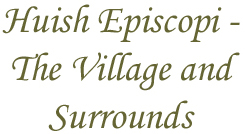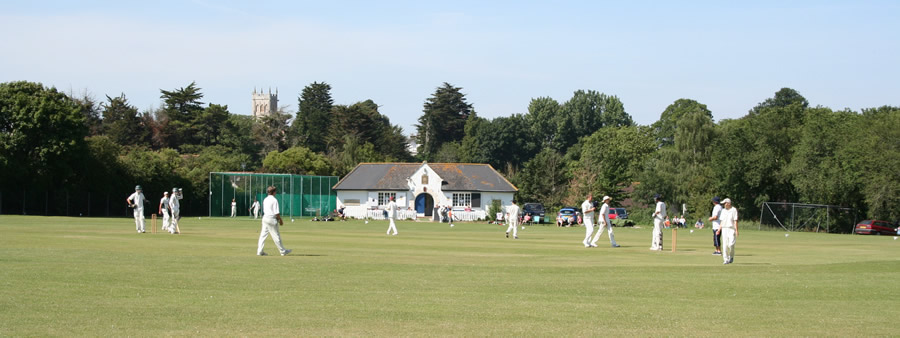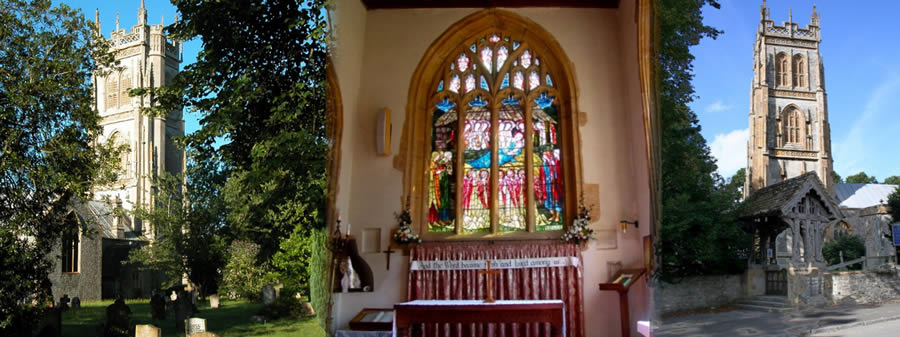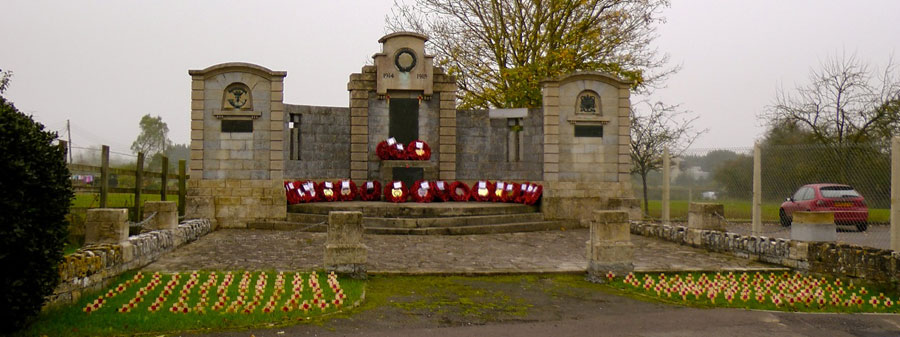Nettles – important for wildlife
Nettles are widespread and very common, often ignored or removed where they are ‘in the way’. However their natural history is interesting and they are an important food source for the larvae of many species of butterflies and moths.
We have two species of Nettle in Britain – the Common Nettle Urtica dioica and the Annual Nettle Urtica urens which is much smaller, growing on disturbed ground, and has a more powerful sting.
Nettles have separate male and female plants, and are wind-pollinated. The tiny male flowers burst when the morning sun falls on them, scattering the pollen grains which are blown to the female flowers on another plant. Nettles also have shade and sun forms – the shade form has much larger leaves, and is generally taller than, the sun form.
Most of us have experienced nettle stings – sometimes mild but often very painful especially when in contact with younger plants. The stings themselves are fascinating – a spine with a reservoir of formic acid at the base, and a small bead-like structure at the tip. When something brushes against it, this bead is broken off, the sharp point of the sting is exposed and the reservoir contracts, forcing out the acid. However if you grasp the plant firmly it is unlikely to sting – hence the phrase ‘grasping the nettle’!
Many insects utilise nettles as a foodplant for the younger stages. These include four butterflies – Red Admiral Vanessa atalanta, Small Tortoiseshell Aglais urticae, Peacock Aglais io and Comma Polygonia c-album. The caterpillars of the Red Admiral are solitary and hide in spun leaves; those of the Comma are also solitary but rest quite openly on leaves, disguised as a bird dropping. Small Tortoiseshell and Peacock larvae live in groups at first, moving apart when more or less fully grown.
The pupae of these buterflies are very attractive.
Several moths also use nettles as larval foodplants including the Nettle-tap Anthophila fabriciana and the Small Magpie Anania hortulata (both ‘micro moths’) and the Snout Moth Hypena proboscidalis all three of which spin leaves together.
Larvae of the Spectacle and Dark Spectacle moths Abrostola tripartita and A. triplasia hide among leaves – Spectacle larvae are green, hiding among young leaves and Dark Spectacle larvae are brown, hiding among dead leaves at the base if the plants.
So, if you have nettles in your garden, remember how important they are for wildlife. Uncontrolled, they can be a problem, but if you cut some plants back in rotation to encourage new growth this will encourage butterflies and moths.
Reference
Guide to Garden Wildlife – Richard Lewington. British Wikldlife Publishing 2008. ISBN978 0 9531399 7 2
Nettles (Ref. Flowers, Insects & Other Invertebrates In Our Gardens’ - under ‘Photos+’ tab)
- Details
- By John Taylor










